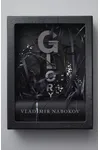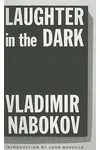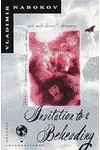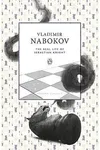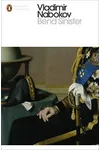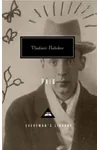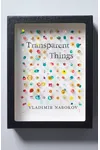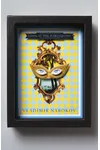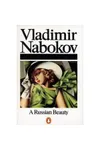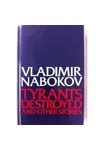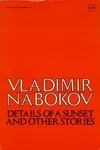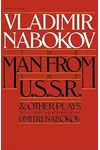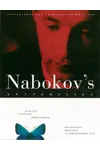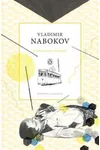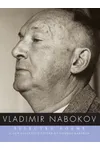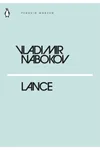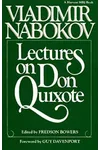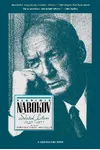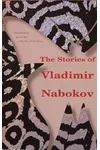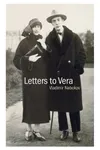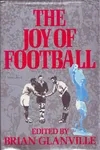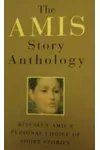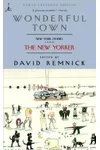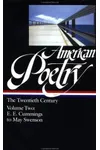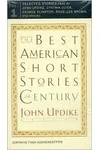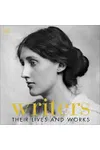Picture a Russian storyteller who spun tales so vivid they reshaped modern literature—meet Vladimir Nabokov! Born in 1899, this literary virtuoso crafted novels like Lolita and Pale Fire, blending daring themes with dazzling wordplay. His stories, rich with psychological depth, continue to captivate readers worldwide.
Nabokov wasn’t just a writer; he was a linguistic acrobat, weaving English and Russian into narratives that feel like puzzles begging to be solved. Ready to dive into his world? Let’s explore the man, his masterpieces, and his lasting legacy.
The Making of Vladimir Nabokov
Vladimir Nabokov was born into a wealthy, aristocratic family in St. Petersburg, Russia. Fleeing the Bolshevik Revolution in 1917, his family settled in Europe, where Nabokov honed his craft. Fluent in multiple languages, he studied at Cambridge and began writing poetry and novels in Russian under the pseudonym Sirin. His early works, like Mary, hinted at the intricate style that would define his career. A passionate lepidopterist, Nabokov’s love for butterflies often seeped into his metaphors, adding layers to his prose.
Vladimir Nabokov’s Unforgettable Stories
Nabokov’s breakthrough came with Lolita (1955), a controversial yet brilliant novel about obsession and morality. Its unreliable narrator, Humbert Humbert, and lush prose stunned readers, cementing Nabokov’s genius. Pale Fire (1962), a playful mix of poem and commentary, redefined narrative structure, delighting scholars with its complexity. Invitation to a Beheading (1938) explored freedom and identity, showcasing his knack for blending surrealism with sharp wit.
His style? Think intricate wordplay, unreliable narrators, and puzzles that reward careful reading. Nabokov’s themes—memory, identity, and desire—dance through his works, grounded in his multilingual flair and keen observation. Even his lesser-known gems, like Pnin (1957), a tender tale of an exiled professor, reveal his ability to balance humor and heartache.
Why Vladimir Nabokov Matters
Nabokov’s influence on 20th-century literature is immense. His innovative structures inspired postmodern writers, while his prose elevated English as a literary language. Beyond academia, his works resonate with readers who love unraveling stories. Nabokov’s ability to blend beauty with discomfort forces us to confront complex human truths, ensuring his place as a literary giant.
His legacy also lives in his fearless creativity. From teaching at Cornell to penning screenplays, Nabokov lived as he wrote—boldly, playfully, and unapologetically. His butterfly obsession even led to scientific contributions, proving his brilliance wasn’t confined to words.
About Vladimir Nabokov
- Born: April 22, 1899, in St. Petersburg, Russia
- Key Works: Lolita, Pale Fire, Pnin, Invitation to a Beheading
- Notable: Fluent in English, Russian, and French; avid lepidopterist
- Died: July 2, 1977, in Montreux, Switzerland
Snag Lolita or Pale Fire and dive into Nabokov’s mesmerizing world of wordplay and wonder!




